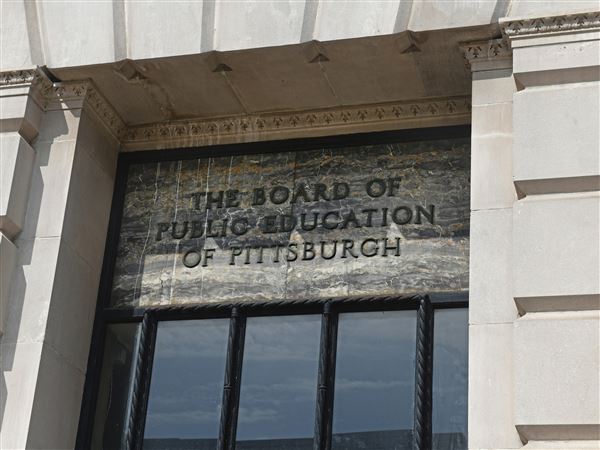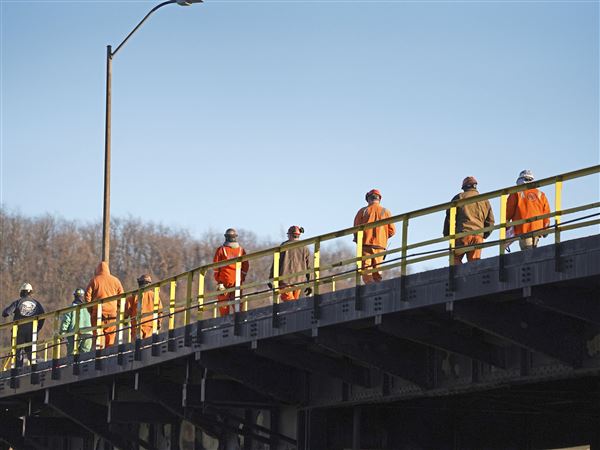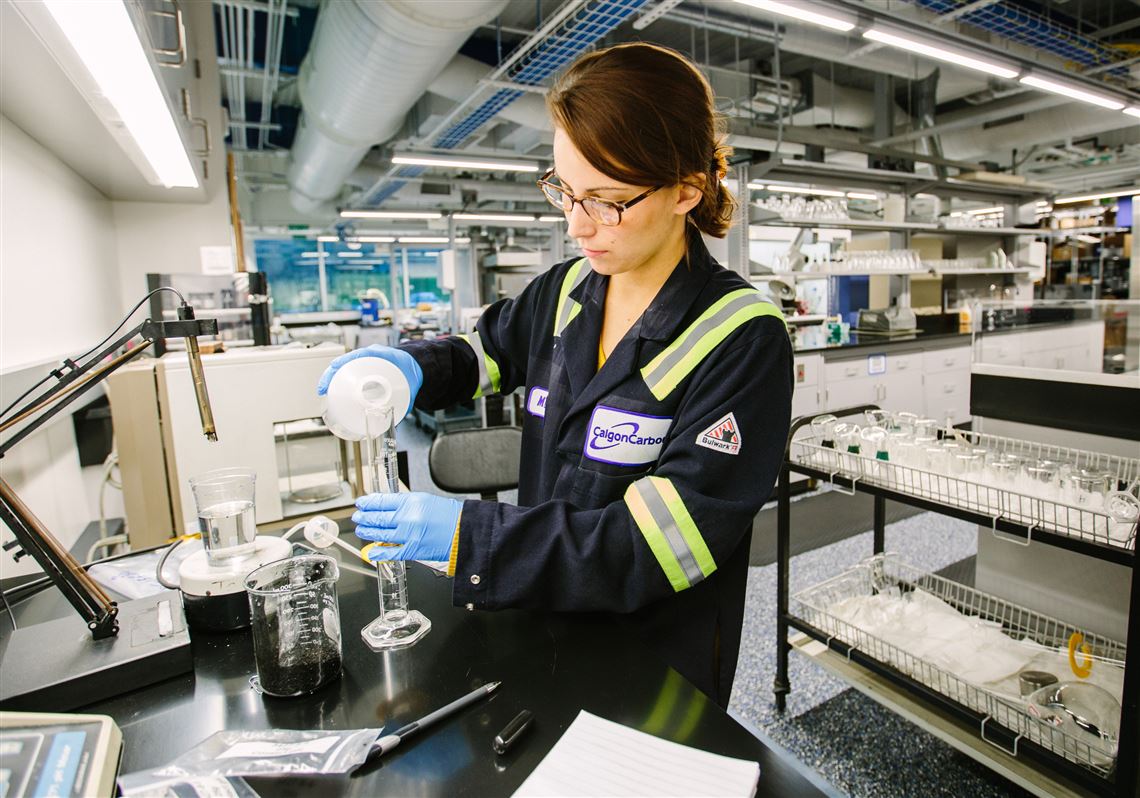Ninth in a series
An on-board water treatment system that filtrates and disinfects water in the ballasts of large ships, preventing inadvertent transport of invasive species. A porous parking lot designed to drain rainwater directly into the ground, rather than into the overburdened sewer system.
A wireless broadband system for barge crews, improving the safety and efficiency of river travel.
Pittsburgh’s three rivers may be iconic for its link to industrial growth, feeding power plants and manufacturing. But the rivers have also given rise to another subset of the economy that creates innovative ways to better use, clean and conserve water.
Despite its abundance here, water is an increasingly precious resource across the country and around the world, boosting demand for technologies and services that help protect and conserve it. More attention lately has been given to problems both in urban areas — like aging infrastructure leading to combined sewer overflows and water main breaks — and rural, such as water scarcity complicating agriculture in dry regions.
For those problems, such innovative solutions have emerged. And Pittsburgh was by all accounts the first U.S. city to truly define what the “water economy” means, said Steve McKnight, vice president of community and market assessments for Fourth Economy Consulting.
Defining the water sector
Ahead of Pittsburgh’s hosting of the United Nations’ 2010 World Environment Day — that year’s theme: “Water Matters!” — the Pittsburgh consulting firm set out to group together firms united by water and form an ad hoc industry group.
The report ultimately excluded companies that are big consumers of water, such as energy and agriculture, because “everyone is a user of water,” said Jerry Paytas, Fourth Economy’s vice president for research and analytics.
It instead examined companies developing water components, services, transportation and supply and treatment technologies, firms that until then were operating largely independently from one another.
By looking somewhat behind the scenes of water-related technology, Mr. Paytas said, “we were actually not trying to be narrow. Part of the goal of the report was to try to capture all the ways in which water impacts the economy.”
The final tally came to more than 3,065 firms in southwestern Pennsylvania with more than $5 billion in sales. A more recent assessment last year showed an increase of 85 firms and 5,527 jobs in the region since 2004 — increases of 3 percent in the number of firms and 15 percent in the number of jobs.
The final report, entitled Pittsburgh’s H2Opportunity and produced partnership with Sustainable Pittsburgh and others, identified potential for growth in areas like desalinization, wastewater treatment and green infrastructure.
“The companies playing in the (water) space are definitely playing in a global marketplace,” Mr. McKnight said. “They’re here because we have a strong industrial past that required engineering skills for the industrial base that drove Pittsburgh, but they have since opened up that market.”
Opportunities outside Pittsburgh
Companies in supply and treatment are by far the water sector’s largest, with 173 firms in 2010 that totaled about $3.5 billion in sales. Among them is Moon-based Calgon Carbon Corp., which has a 75-year history in the region, manufacturing treatment systems that remove contaminants and odors from liquids and gases.
Municipalities, in large part driven by U.S. Environmental Protection Agency regulations on drinking water contaminants, are asking Calgon Carbon to engineer the most effective removal systems, said Leo Zappa, director of the company’s Municipal Sales division.
As its name suggests, the company’s major technology involves filters composed of activated carbon, a granular substance produced from metallurgical coal in central Appalachia, as well as from wood and coconut shells.
Local officials first turned to activated carbon to remove the most noticeable unpleasant attributes — such as foul tastes and odors — from drinking water, Mr. Zappa said. More recently, the EPA has focused on the removal of unintended chemical byproducts created during the disinfecting process, in addition to personal care products that drain into municipal water utility systems and whose harm has not been completely evaluated.
“That’s one of the things that has driven our business a lot in the last five, six years,” he said, pointing out that activated carbon can remove organic matter in water without forming any byproducts.
At its central research laboratory, which spans the first floor of its recently constructed executive offices in Moon, Calgon Carbon experiments with close to 100 unique blends of carbon on water samples, some of which are submitted by cities to match up the best mixture to their specific water supply and contaminants.
Because activated carbon can become used up after a few years of absorbing contaminants, researchers also test samples of carbon from municipalities to see whether they can be “reactivated” by, in part, heating them to 1,800 degrees Fahrenheit in a kiln, Mr. Zappa said.
Companywide, Calgon spent $6.4 million on research and development in 2014, according to financial filings. It also reported $49 million in net income for 2014, up from $23 million in 2012.
Emerging issues
Some companies included in the water economy have long been established in broader fields but have been touting water quality solutions for emerging issues.
Pittsburgh engineering firm Michael Baker International has played up its inclusion of “green infrastructure,” such as rain gardens and permeable pavement, in new construction. Urban areas across the country are dealing with sewer system overflows that spill waste into local water supplies. In Allegheny County, some have criticized the sanitary authority’s plan for relying too much on boring tunnels to store sewage until it can be treated.
Last month, Alcosan said it wanted to extend the timeline to include more green options.
“Wireless Waterways,” an initiative launched in 2013 under the Water Economy Network, has brought Internet access to barges traveling between the Montgomery Lock on the Ohio River to the first two locks on the Allegheny River and the Maxwell Lock on the Monongahela River. The $1.3 million project was funded by a $975,000 federal port security grant and $325,000 from the Port of Pittsburgh Commission, a nonprofit that supports the region's river transportation system.
Daniel Moore: dmoore@post-gazette.com, 412-263-2743 and Twitter @PGdanielmoore.
First Published: December 31, 2015, 5:00 a.m.

















